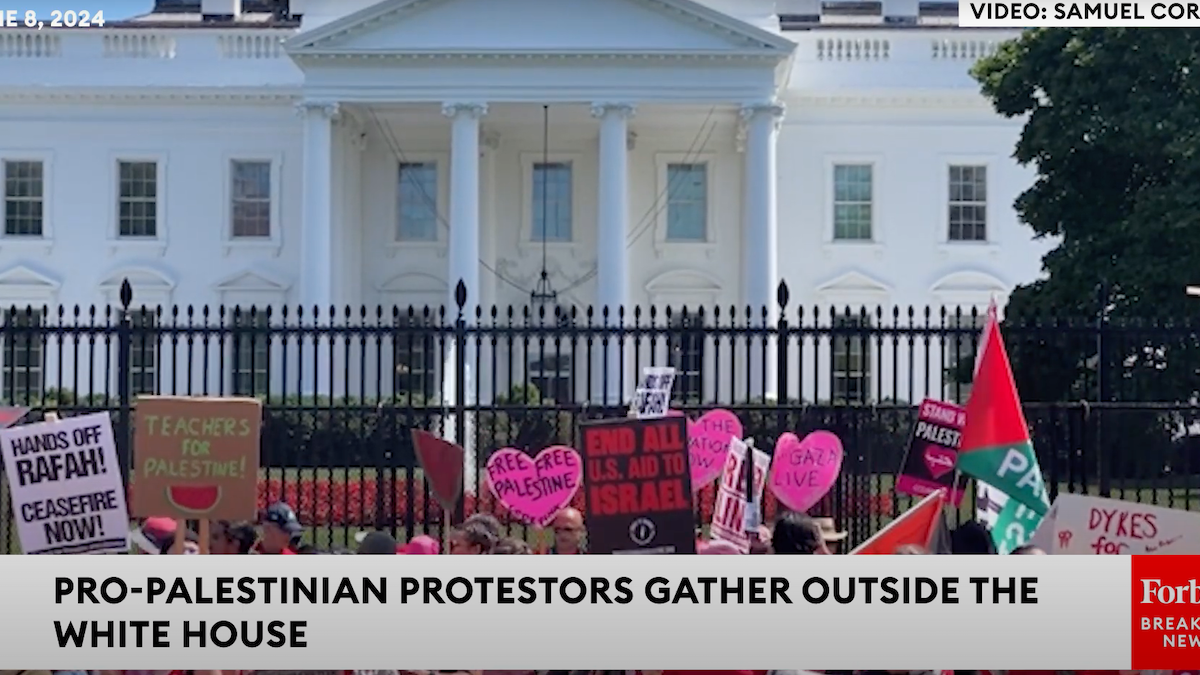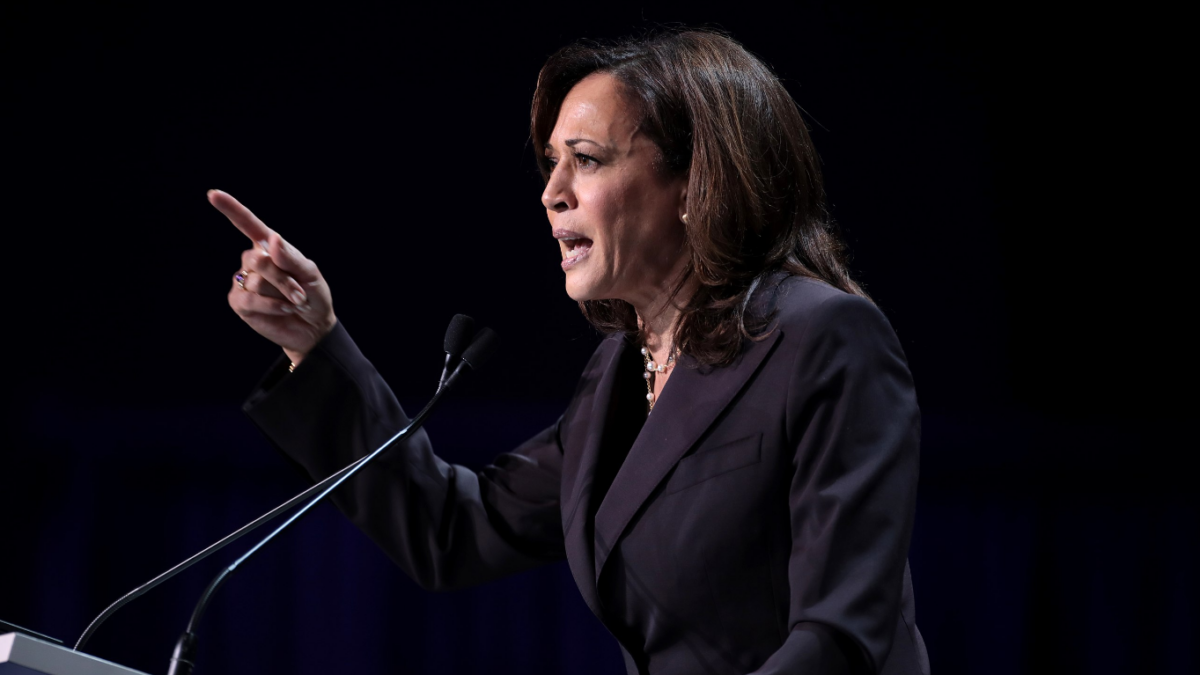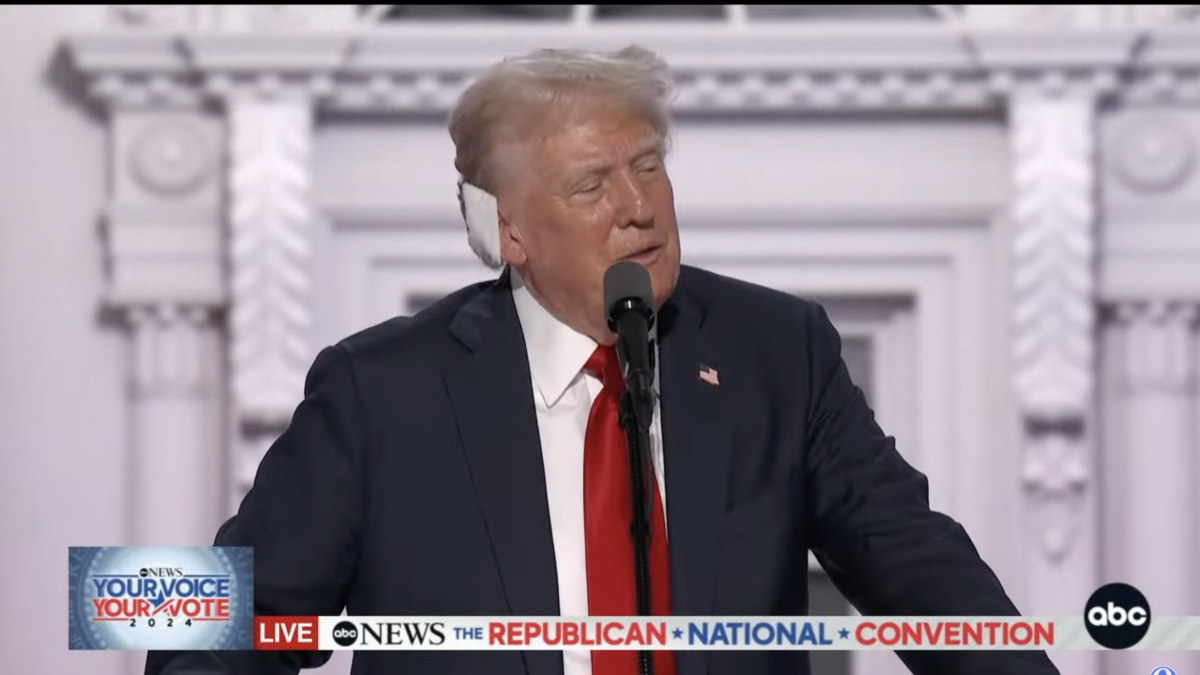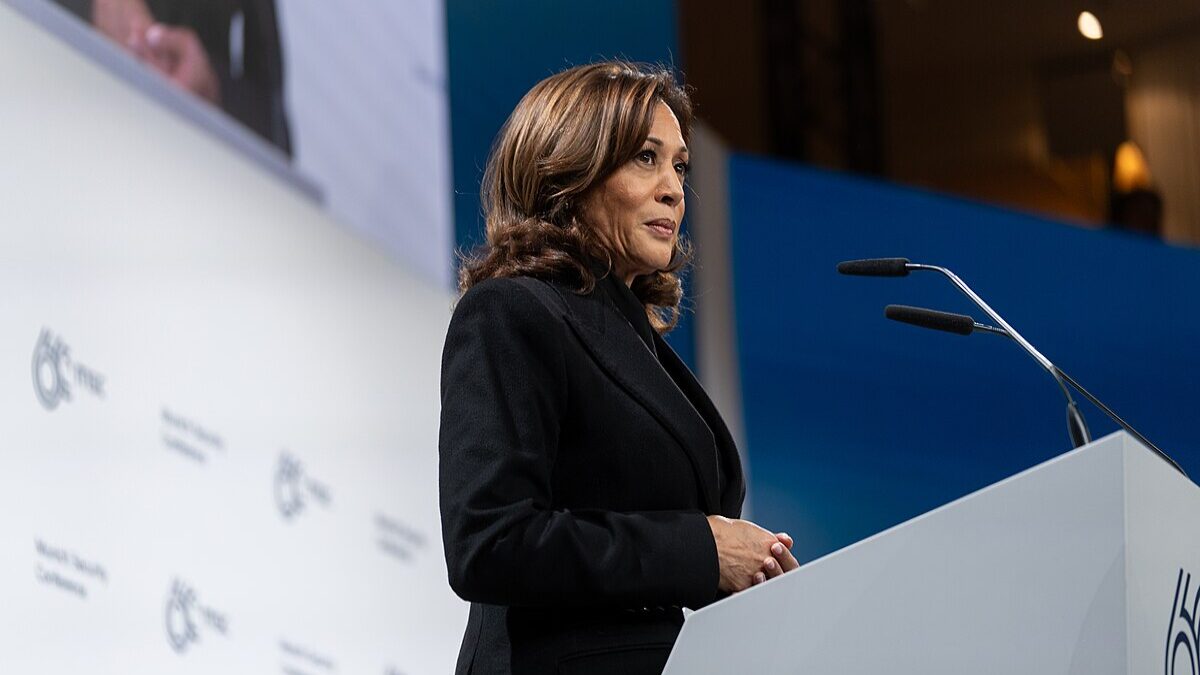Over the weekend, thousands of pro-Hamas protesters, many of them masked and some wearing green Hamas headbands, descended on Washington, D.C., surrounding the White House amid chants calling for a victory of “jihad or martyrdom.” At one point, protesters with tents set up an encampment on the Ellipse, while others defaced and vandalized historic statues, including the Andrew Jackson and Marquis de Lafayette statues in Lafayette Square.
At one point, protesters screaming “F-ck the police!” and “Kill yourselves!” chased U.S. Park Police and Secret Service out of the square after officers tried to arrest someone, after which the square was completely controlled by the protesters. No arrests were made.
The day before, on the other side of the country, three teenagers in Spokane, Washington, were arrested on felony charges for driving their scooters over a painted “pride” crosswalk and leaving some tread marks on the mural.
As tempting as it is to call out the hypocrisy here — teenagers hunted down and charged for defacing a pride mural, no punishment at all for a mob of left-wing protesters defacing national monuments — that would miss the point. This isn’t hypocrisy on display, it’s hierarchy.
When you see harsh punishments for those who dissent from the regime on the one hand, but total leniency (and tacit regime endorsement) for those who are essentially regime enforcers on the other hand, what you’re seeing is a display of power. Its purpose is to communicate to the rest of the country who has power and who doesn’t, who is protected and who isn’t.
You see this everywhere lately. Most dramatically, you see it in the lawfare against former President Donald Trump, recently convicted for invented crimes in a farcical trial that made a mockery of the rule of law. Trump’s conviction in New York has made it clear, to friend and foe alike, that the judiciary in certain parts of this country has become nothing more than an instrument to destroy the political enemies of the regime. This isn’t supposed to be a subtle message; you’re meant to understand, explicitly, that there is no equality of justice in the law now, and act accordingly.
As former Trump administration official Brooke Rollins wrote recently in The American Mind, “All this is meant to achieve a singular goal: to use the apparatus of the law and the judiciary to utterly break American opposition to the progressive regime by instilling a climate of fear so pervasive that Americans will no longer defend themselves, no longer defy leftist orthodoxy, and no longer dare to publicly disagree with the regime.”
The criminal trial of President Joe Biden’s son Hunter on federal gun charges should also be understood in this light. As of this writing, the jury is still deliberating. But it hardly matters what the verdict is. If he is acquitted, the message is that the rule of law is a dead letter in America, and you’d better align yourself with the side that can protect you.
If he’s found guilty, the message is that America has a two-tiered justice system that makes only the most feeble attempt to disguise itself. Hunter Biden can run a complex, years-long foreign influence-peddling scheme to enrich his family, and all he’ll ever face are minor, unrelated gun charges — a fig leaf over the corruption that’s right at the heart of the White House. Hunter has never been charged for the many financial crimes related to his time working for Ukraine energy company Burisma, never charged for operating as an unregistered foreign agent or selling influence and government policy.
The federal prosecutor charged with investigating Hunter allowed the statute of limitations to expire on tax evasion associated with Hunter’s Burisma earnings and then simply ignored every other crime connected to the Biden family’s influence-peddling scheme. The gun trial only materialized after a federal judge blew up the prosecutor’s corrupt plea deal. The entire purpose of the trial is to provide a thin veneer of justice served, while the real crimes of the Biden family go unpunished and unacknowledged.
Of course, this hypocrisy-versus-hierarchy framework extends far beyond the justice system. Corporate media this week are breathlessly reporting on remarks Justice Samuel Alito made to a left-wing documentary filmmaker who posed as a religious conservative and secretly recorded the conversation. Rolling Stone reported the story as some kind of scandal because Alito agreed that the United States should return to a place of godliness and that the battle for America “can’t be compromised.” There’s nothing scandalous about that. Indeed, he simply says what leftist radicals say among themselves all the time.
What’s notable about Alito’s remarks, though, is that he goes on to say his power as a judge is limited and defined, and that there are many problems in American life that the Supreme Court can’t address or fix.
The substance of what Alito said isn’t the point, though. The point is the timing of the hit piece, coming right before the end of the Supreme Court’s current term and close on the heels of another fake outrage news cycle centered on Alito’s wife flying a popular historic flag from the Revolutionary War outside their beach house. The media’s current fixation on Alito comes after unrelenting hysterics from the media over Justice Clarence Thomas occasionally taking vacations with wealthy friends — something nearly every Supreme Court justice does.
Why the obsessive, deranged attacks on conservative Supreme Court justices? Because the Supreme Court is one of the last institutions in America that the left doesn’t control, and it’s standing in the way of their revolution. Smearing and discrediting the conservative justices, demanding they recuse themselves for made-up offenses, is part of a longer-term strategy to delegitimatize and ultimately destroy the court.
So remember that the next time you see a hit piece on a conservative Supreme Court justice, or the book being thrown at a group of people opposed to the regime, or when Trump is actually sent to prison later this summer. It’s not hypocrisy you’re seeing, it’s hierarchy.









